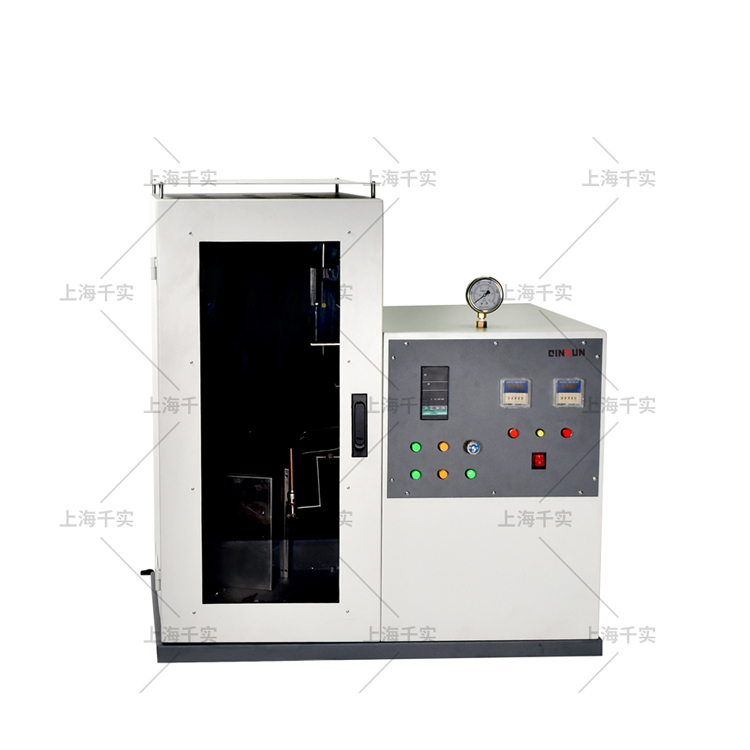Can you provide more information about the filtration efficiency testing of medical masks?
Filtration efficiency testing is a crucial aspect of evaluating the performance of medical masks. It helps determine how effectively a mask can filter out particles and provide protection against airborne contaminants. The two primary parameters used to assess filtration efficiency are Bacterial Filtration Efficiency (BFE) and Particulate Filtration Efficiency (PFE).
1. Bacterial Filtration Efficiency (BFE):
BFE testing measures the ability of a mask to filter out bacteria-sized particles. The test involves exposing the mask to a known concentration of aerosolized bacteria and determining the percentage of bacteria that are retained by the mask material. BFE is usually expressed as a percentage, indicating the filtration efficiency of the mask against bacteria.

1. Particulate Filtration Efficiency (PFE):
PFE testing evaluates a mask's ability to filter out sub-micron particles, including dust, pollen, and other airborne contaminants. The test is conducted by exposing the mask to a specific size range of particles and measuring the percentage of particles that are filtered out. PFE is also expressed as a percentage.
Both BFE and PFE testing typically follow standard test methods, such as ASTM F2101 or EN 14683, which provide detailed procedures for conducting the tests. These standards outline the equipment, test conditions, sample size, and acceptance criteria for evaluating the filtration efficiency of medical masks.
It's worth noting that different countries or regions may have specific requirements or standards for BFE and PFE testing. For example, in the United States, the Food and Drug Administration (FDA) provides guidelines for BFE and PFE testing of surgical masks, while the European Union follows the EN 14683 standard. Manufacturers and regulatory bodies often use these standards to ensure the quality and performance of medical masks.
It's important to consult the specific regulatory requirements in your country or region to ensure compliance with the appropriate standards for filtration efficiency testing of medical masks.

